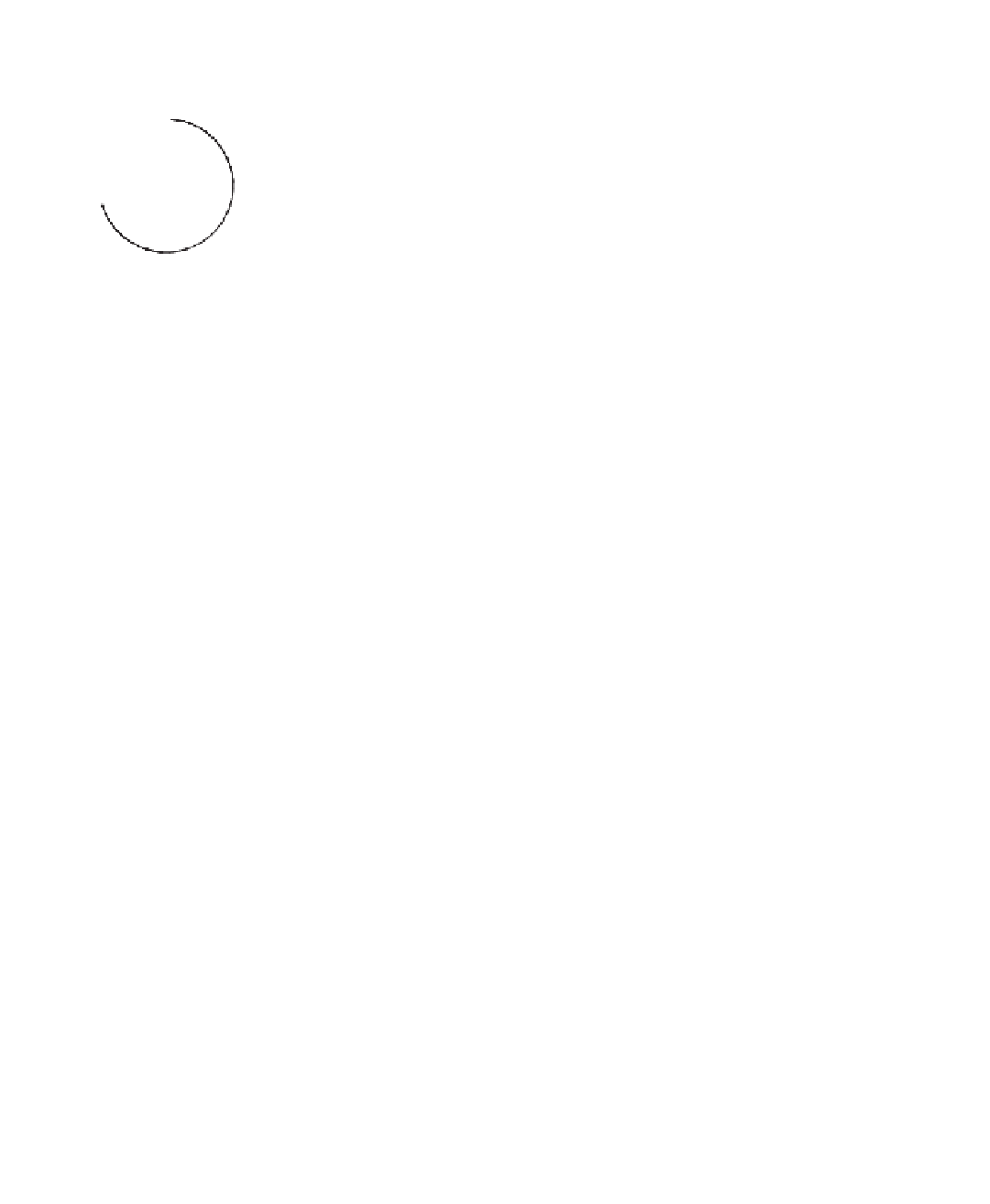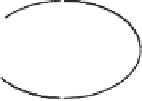Biomedical Engineering Reference
In-Depth Information
Timer 0 Timeout
Take a
Measurement
Main
Figure 8.26
Timing of the various events of the intracardiac impedance sensor is performed by a
state machine that runs on microcontroller IC12. The interrupt that causes a measurement cycle to
start can be received from an external source (JP9) or from an internal clock programmed at 300 Hz.
TRANSCUTANEOUS PACING
Cardiac pacing can be achieved by delivering pacing currents through skin-surface elec-
trodes. Transcutaneous external cardiac pacing (TEP) [Bocka, 1989] is used as a temporary
life-support measure in patients with symptomatic bradycardia and a pulse, but has shown
little bene
t in pulseless situations. Common TEP pulse durations are between 20 and
40 ms, and pacing currents are in the range 50 to 200 mA. TEP is limited in practice to stim-
ulating the ventricles, since higher currents are required to stimulate the atria, making it
di
fi
cult (impossible, really, under clinical circumstances) to pace the chambers selectively.
Pain and discomfort are the limiting factors to TEP use. A current of 100 mA applied
into an average impedance of 50
for 20 ms will deliver 0.1 J of energy. This is well below
the 1 to 2 J required to cause severe pain sensation at the skin using electrode pads with a
large surface area (e.g., 100 cm
2
). However, the force of skeletal muscle contraction is what
leads to TEP discomfort. Placing electrodes over areas of least skeletal muscle can mini-
mize discomfort. Placement is generally best in the midline chest and just below the left
scapula. Sedation is often used to control discomfort.
You may be thinking about the way in which magnetic stimulation is much less uncom-
fortable than electrical stimulation of the brain (see Chapter 7). Pulsed magnetic cardiac
pacing has been proposed [Irwin et al., 1970]. Unfortunately, however, much more energy
is required to pace the heart than to stimulate a few neurons. The magnetic
Ω
field energy
thresholds for cardiac pacing are in the range 30 to 100 kJ. Don't know about you, but we
take cover before we
fi
2-kJ magnetic stimulator that we presented in Chapter 7.
The design of a pulser that can put out 100-kJ
fi
re the
fields once a second is certainly not a triv-
ial matter. All that hassle and the discomfort problem will probably not even go away since
skeletal muscle will probably be stimulated along the way.
fi
VENTRICULAR TACHYARRHYTHMIAS
Ventricular arrhythmias are a major cause of cardiovascular mortality. Therapy for
serious ventricular arrhythmias has evolved over the past decade, from treatment with






































Search WWH ::

Custom Search